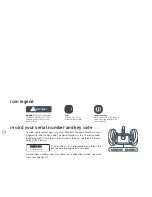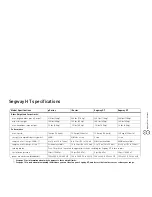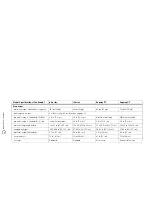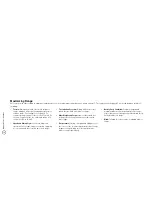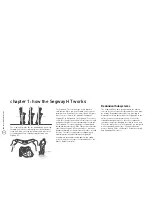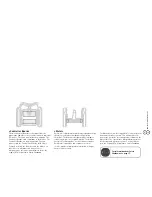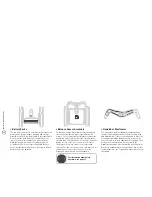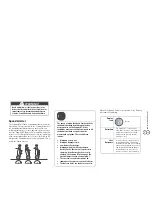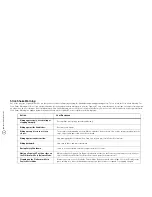
12
how t
h
e Segwa
y
HT
wo
rks
chapter 1: how the Segway HT works
The Segway HT works like the human body. If you lean
forward, you take a step forward to keep your balance.
If you lean back, you step back. Substitute wheels for
feet, and you have an empowered pedestrian on a
Segway HT.
The Segway HT uses technology called dynamic
stabilization. When you lean forward, your center of
gravity moves forward of the contact patch (the place
where the tire contacts the ground) causing the
Segway HT to tilt forward. The Segway HT’s systems
sense this change (measuring 100 times per second),
and power the wheels to keep them underneath you.
The Segway HT’s technology balances forward and
backward but not side-to-side. That means that if the
rider tilts the Segway HT onto one wheel, it will not
dynamically bring itself underneath the rider. It could
fall over. The rider is responsible for dynamically
stabilizing laterally while riding the Segway HT.
Leaning into turns and leaning uphill when riding
across a slope are the rider’s responsibility (see the
Riders’ Guide for details).
Redundant Subsystems
The Segway HT has been designed with the utmost
concern for the safety of the rider and those who may
be nearby. Redundant subsystems are provided to
maintain controlled operation of the Segway HT in the
unlikely event of a component failure. If one of the
redundant components fails, the other component
continues to operate, bringing the rider to a safe stop.
Five of the subsystems in the Segway HT are designed
with a redundant architecture: Controller Boards,
Motors, Battery Packs, the Balance Sensor Assembly,
and Handlebar Electronics.
Summary of Contents for p Series
Page 50: ...notes ...
Page 51: ...enjoy the ride ...
Page 52: ...fun smart transportation www segway com 1891600000ag ...




